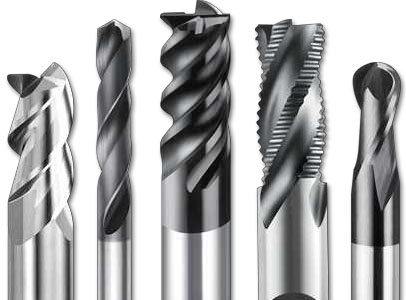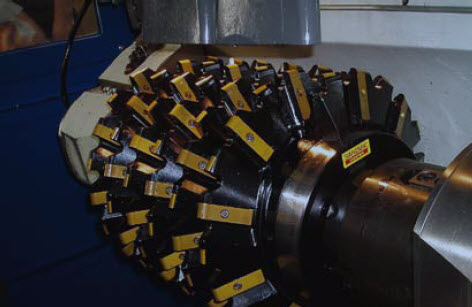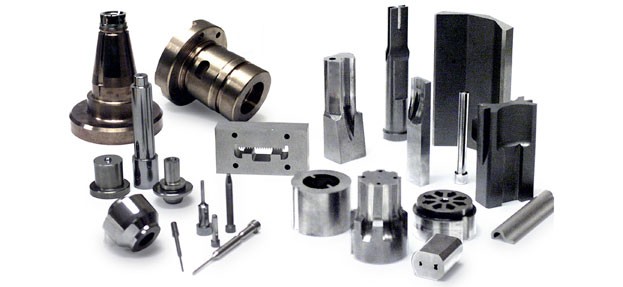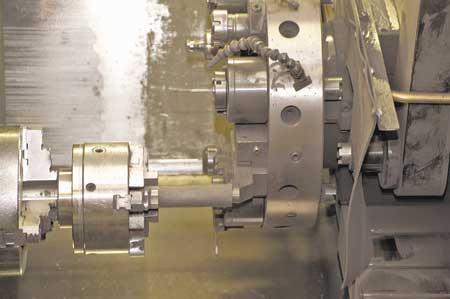
Solid tooling, made of carbide, cobalt or high speed steel is used for various milling operations.

Correct tooling for the job has to be planned. There has to be a balance between the cost of the tooling and the cost of overall part manufacturing or unit cost. For example if your part order is only for ten parts, you wouldn't spend a whole lot of money designing tooling that would make more than ten parts. If your order was for 10,000 parts, you might design something that would cost a bit more but would hold up for a long time and may do several parts at once. The part material and difficulty of maufacturing would also be a consideration. If you had aluminum parts you may use HSS or Cobalt tooling, but if you had nickel or stainless steel parts you might use carbide tooling.

|
 |

|
 |
Tooling decisions are based on part material, amount of parts and machining options available. Pictures on this page are taken from random web searches and not actual tools used in my shop, although my shop tooling uses many of the items pictured.